Untitled (Adrian Kissing) 2007.
The icon of male vanity returns again in a surreptitious form via this photograph by Brandon Herman from a new exhibition, My Vacation with a Kidnapper, which opens today at the Envoy Gallery, NYC, until April 19, 2008. Herman’s photography brings to the surface (so to speak) the homoerotic subtext of the Narcissus myth. Despite the most common rendering of the story being one concerning the romance between Narcissus and Echo, there are other versions:
An important and earlier variation of this tale originates in the region in Greek known as Boeotia (to the north and west of Athens). Narcissus lived in the city of Thespiae. A young man, Ameinias, was in love with Narcissus, but he rejected Ameinias’ love. He grew tired of Ameinias’ affections and sent him a present of a sword. Ameinias killed himself with the sword in front of Narcissus’ door and as he died, he called curses upon Narcissus. One day Narcissus fell in love with his own reflection in a spring and, in desperation, killed himself.
Some earlier (and favourite) artistic representations follow.
Narcissus by Caravaggio (1599).
Narcissus by Adolf Joseph Grass (1867).
Narcissus by Gyula Benczúr (1881).
Echo and Narcissus by John William Waterhouse (1903).
The Metamorphosis of Narcissus by Salvador Dalí (1937).
Elsewhere on { feuilleton }
• The gay artists archive
Previously on { feuilleton }
• Narcissus

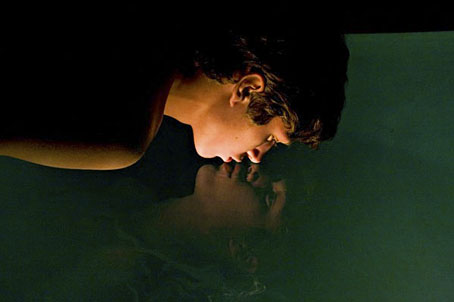
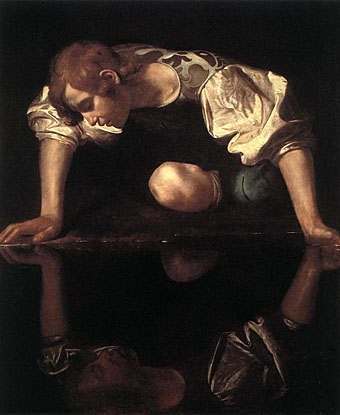
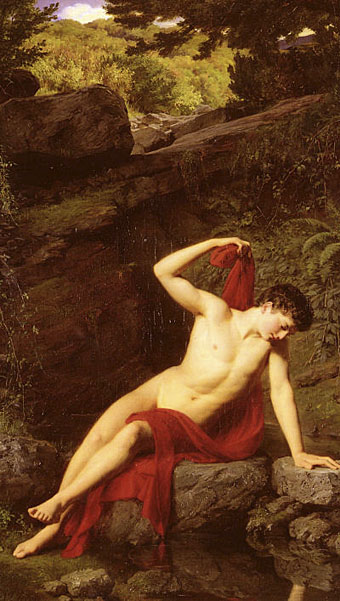
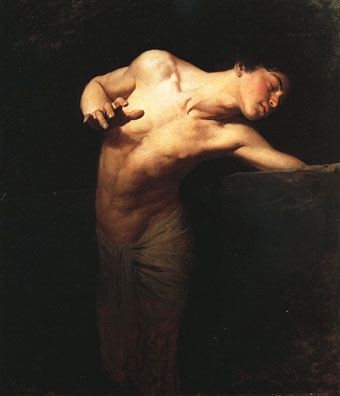
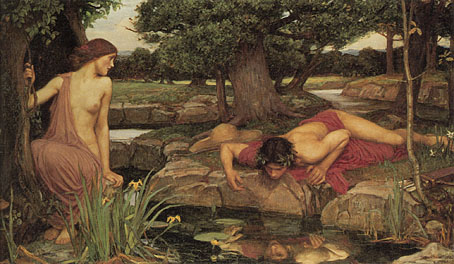
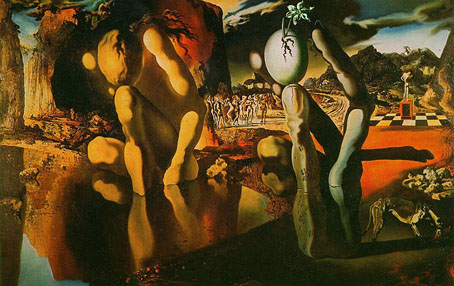
John, from where did the block quote come? I’d be interested in reading the source text.
Hi Evan. The quote was from the Encyclopedia Mythica.